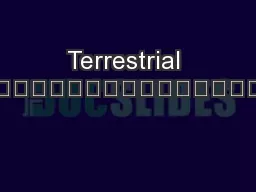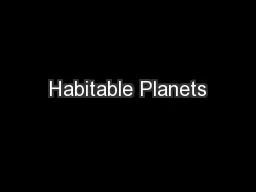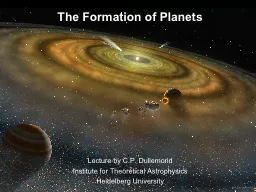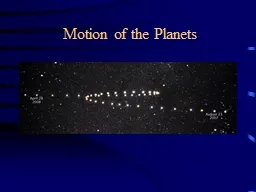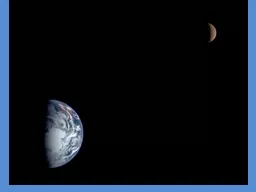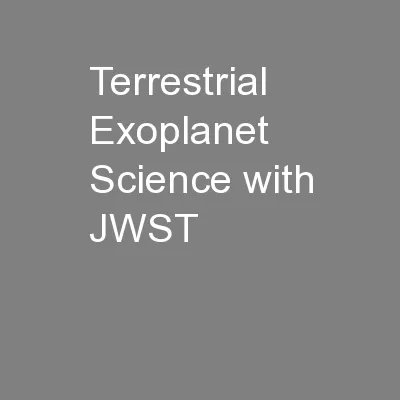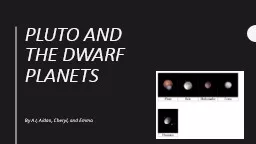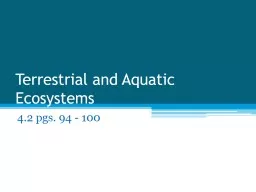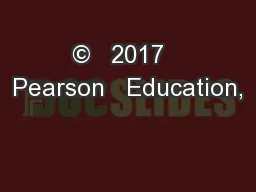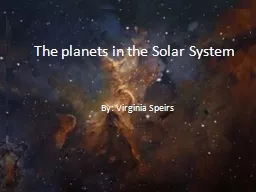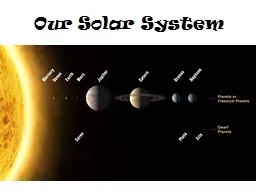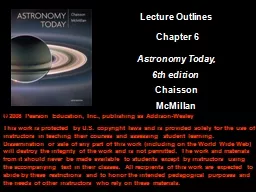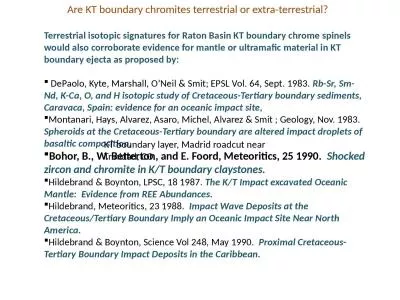PPT-Terrestrial Planets 表面均为坚硬的岩石圈。金星,地球和火星表面有大气,水
Author : stefany-barnette | Published Date : 2018-03-14
水星离太阳最近难以肉眼发现表面温度 173427 o C 金星无海洋表面包裹着非常浓密的高速旋转的云温度高达 462 o C 压力相当地球海洋
Presentation Embed Code
Download Presentation
Download Presentation The PPT/PDF document "Terrestrial Planets 表面均为坚硬�..." is the property of its rightful owner. Permission is granted to download and print the materials on this website for personal, non-commercial use only, and to display it on your personal computer provided you do not modify the materials and that you retain all copyright notices contained in the materials. By downloading content from our website, you accept the terms of this agreement.
Terrestrial Planets 表面均为坚硬的岩石圈。金星,地球和火星表面有大气,水: Transcript
Download Rules Of Document
"Terrestrial Planets 表面均为坚硬的岩石圈。金星,地球和火星表面有大气,水"The content belongs to its owner. You may download and print it for personal use, without modification, and keep all copyright notices. By downloading, you agree to these terms.
Related Documents

